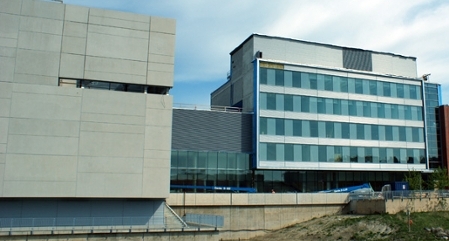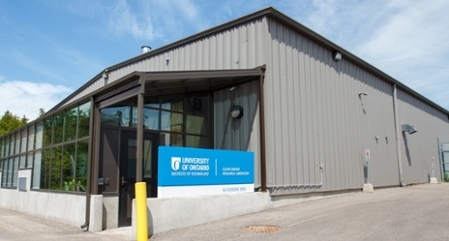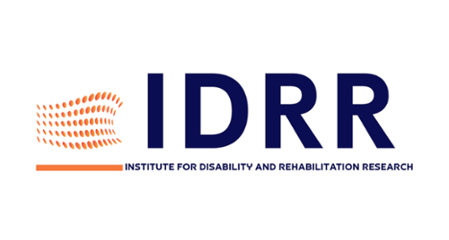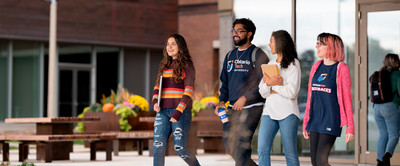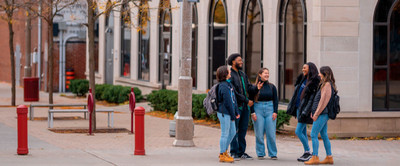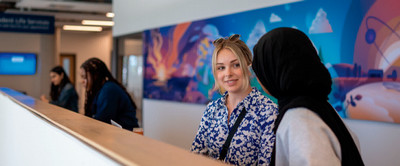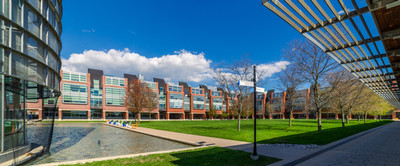President's Equity Message
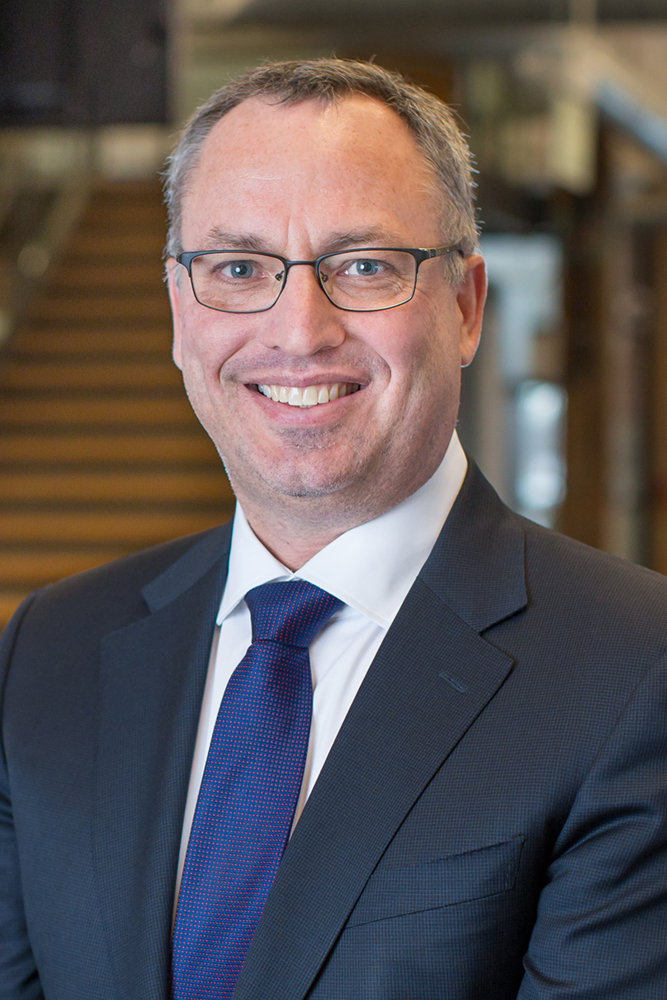 Equity, diversity and inclusion risk becoming ‘buzz words’ in today’s vernacular unless they are clearly aligned with an organization’s demonstrable values and strategies. As President, these words contain deep value commitments for me to our community and all our stakeholders. These range from how we treat our students, staff and faculty to how deeply we dive into critical spaces like advancing the TRC goals with First Nations.
Equity, diversity and inclusion risk becoming ‘buzz words’ in today’s vernacular unless they are clearly aligned with an organization’s demonstrable values and strategies. As President, these words contain deep value commitments for me to our community and all our stakeholders. These range from how we treat our students, staff and faculty to how deeply we dive into critical spaces like advancing the TRC goals with First Nations.
Diversity, in many ways is the best starting point in defining ourselves, as I find it is the most tangible. I view diversity as a descriptive element. It includes diverse viewpoints, ethnic origins, sexual and gender orientations, cultures, languages, etc. In a nutshell it describes our community and who we’re comprised of – what we can see and what we can’t see – but also who we are NOT comprised of, or whose presence requires bolstering. The root of equity is treating everyone with a consistent value-based approach regardless of their opinion, worldview, place in the organization, status, identity, etc. Note that equity does not mean treating everyone equally. What is equitable for each stakeholder will depend on the issue they face, the degree to which they have been marginalized, the urgency of their circumstances, etc. So, we treat all of our stakeholders fairly, but we also treat them equitably. As an example, when an Aboriginal Elder is on our campus I carve time out of my schedule to meet with them, even if that means ‘bumping’ another meeting because the values of our institution are aligned with seeking wisdom to move us towards reconciliation. And while diversity is descriptive to me, inclusion is the extent to which our stakeholders actually feel as though their voices are heard in key decisions.
I like the metaphor that equity involves inviting everyone to the school dance; diversity speaks to who is actually at the dance and what that says about your community; and inclusion is being part of the dance (or being asked to dance). If we want a campus community that is equitable, diverse and inclusive, we all have to play a part in how the dance functions. The obvious advantage being that I believe an equitable, diverse and inclusive university is one that better achieves its academic mission. That is, our teaching, our research and the student experience are all enhanced in a culture that actively discusses and promotes equity, diversity and inclusion.
On behalf of our students, faculty, staff, alumni, and friends, I invite you to join me in recommitting to make our campus the very best it can be.
Dr. Steven Murphy
President and Vice-Chancellor
